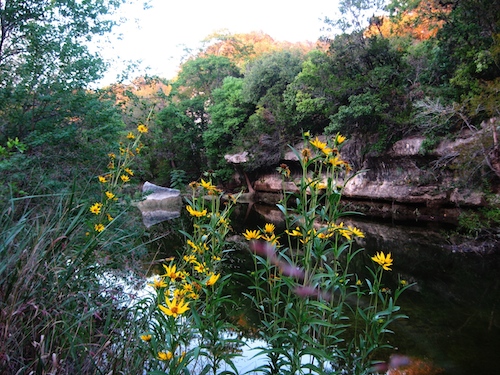Written by guest editor and milk + honey licensed massage therapist, Matt W.

With the holiday season behind us and February in our sights, let’s review our efforts and the fruits of our labors.
Consider taking a moment of refuge and asking for sanctuary.
Where does the idea of “sanctuary” come from?
Sanctuary as a Western concept arose from an older (ancient Greek and Roman) recognition of sacred spaces, and the right to use these spaces to make contact with the divine, or at least to seek refuge within that holiness. They chose places of natural beauty, quietude, and awe to represent their sanctuaries. The Catholic church later adopted the notion of sanctuary, the dominant characteristic of which was protection from civic and criminal persecution. It was meant as an opportunity to repent, and to take refuge in the higher laws of God, thusly enjoying a reprieve from the sometimes unjust lower laws of society. A similar concept of higher law pervaded serious Buddhist concepts. To take refuge in Buddhism ultimately means making a commitment to practices of wakefulness, thereby taking refuge in ultimate truth.
What does sanctuary or refuge mean now?
When I turn the words, “sanctuary” or “refuge,” over in my mind, notions of security, protection, but also humility and sacredness arise. This doesn’t have to have religious connotations my scientific friends. The sick day is a perfect example of taking refuge from ordinary life. To take refuge is to remove oneself from outside influences, and sometimes to remove oneself as an influence to others. It is to temporarily escape the laws of noise by taking refuge in the laws of quiet.
So, how do we do it?
For many of us, the refuge we enter must be a place whereby we can drop off our preoccupations before entering. We must access provisions that separate us from the storm. A powerful refuge, one worthy of being called a sanctuary, will take this to the next level. It will provide refuge from the the more aggressive aspects of our own personalities.
You need to recognize the need to step back. Set aside time to do so. Find a place to go, and go alone. Don’t make demands on any sanctuary or refuge, but give thanks and be respectful to it. Make agreements and allowances. If you seek refuge in nature — say, on the Green Belt in Austin — take water and put your phone on airplane mode. Refuge can be portable. A yogini takes refuge in her breath. A child takes refuge in play and imagination, or in the arms of a parent. We all need refuge, and the good news is that most of us can access it somehow.
We need pauses and rests, and we do so by taking refuge.
Source: zug55/Flickr
















